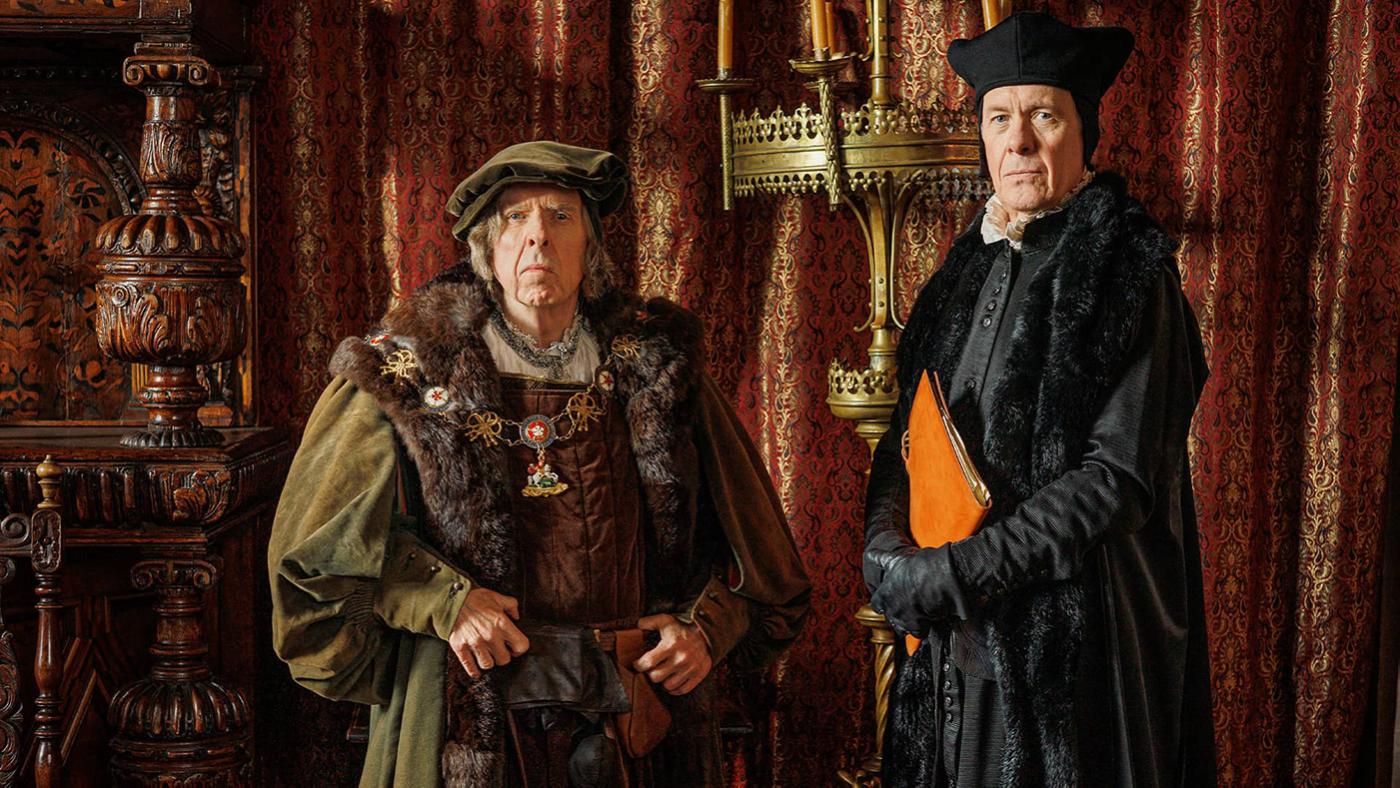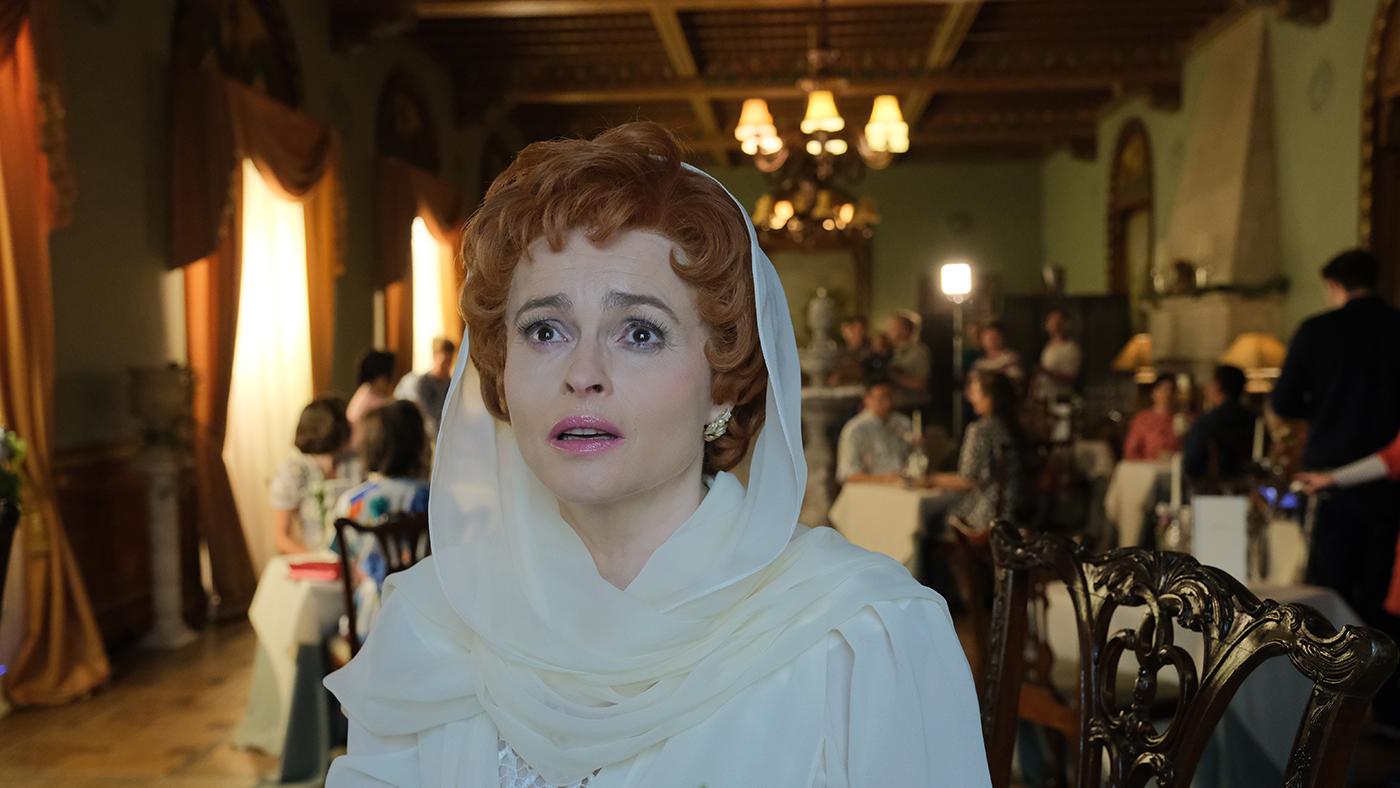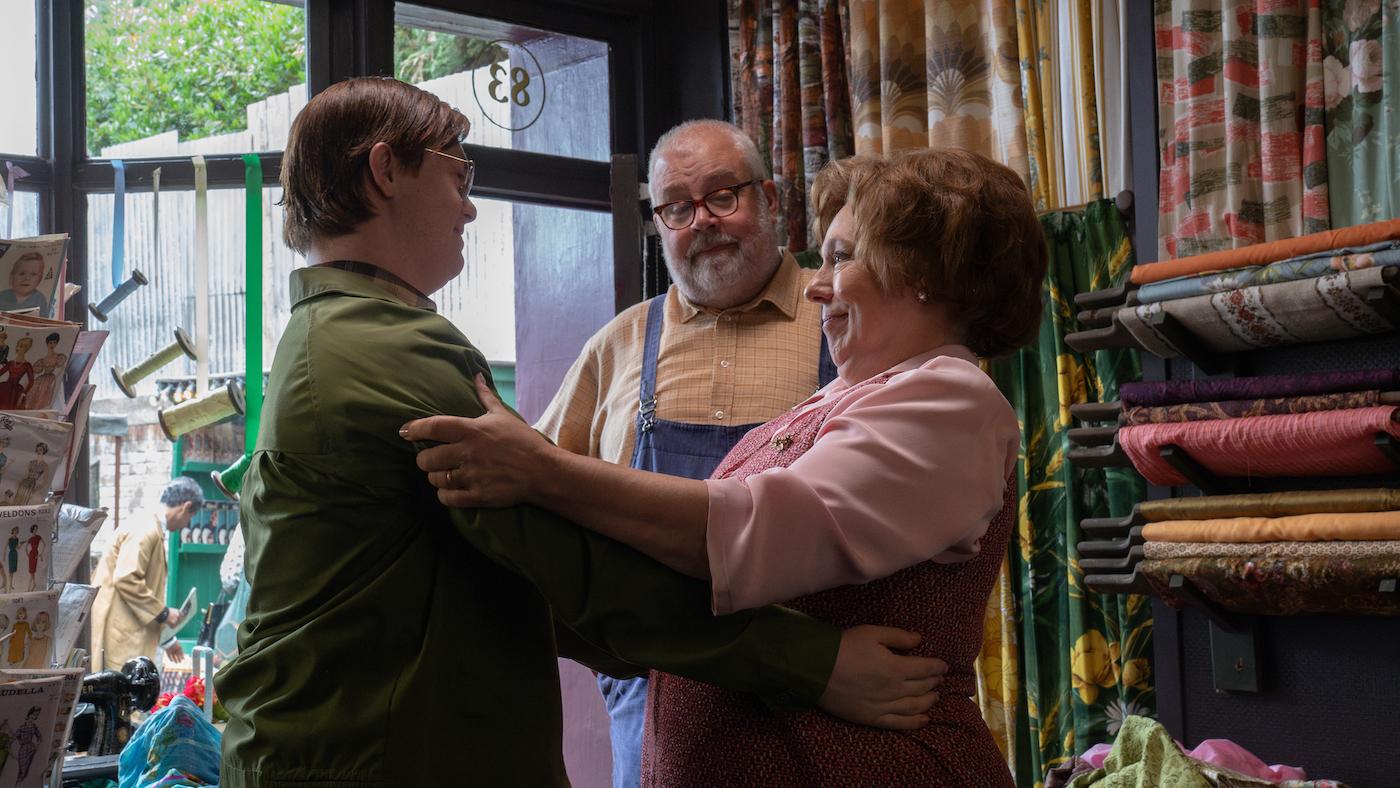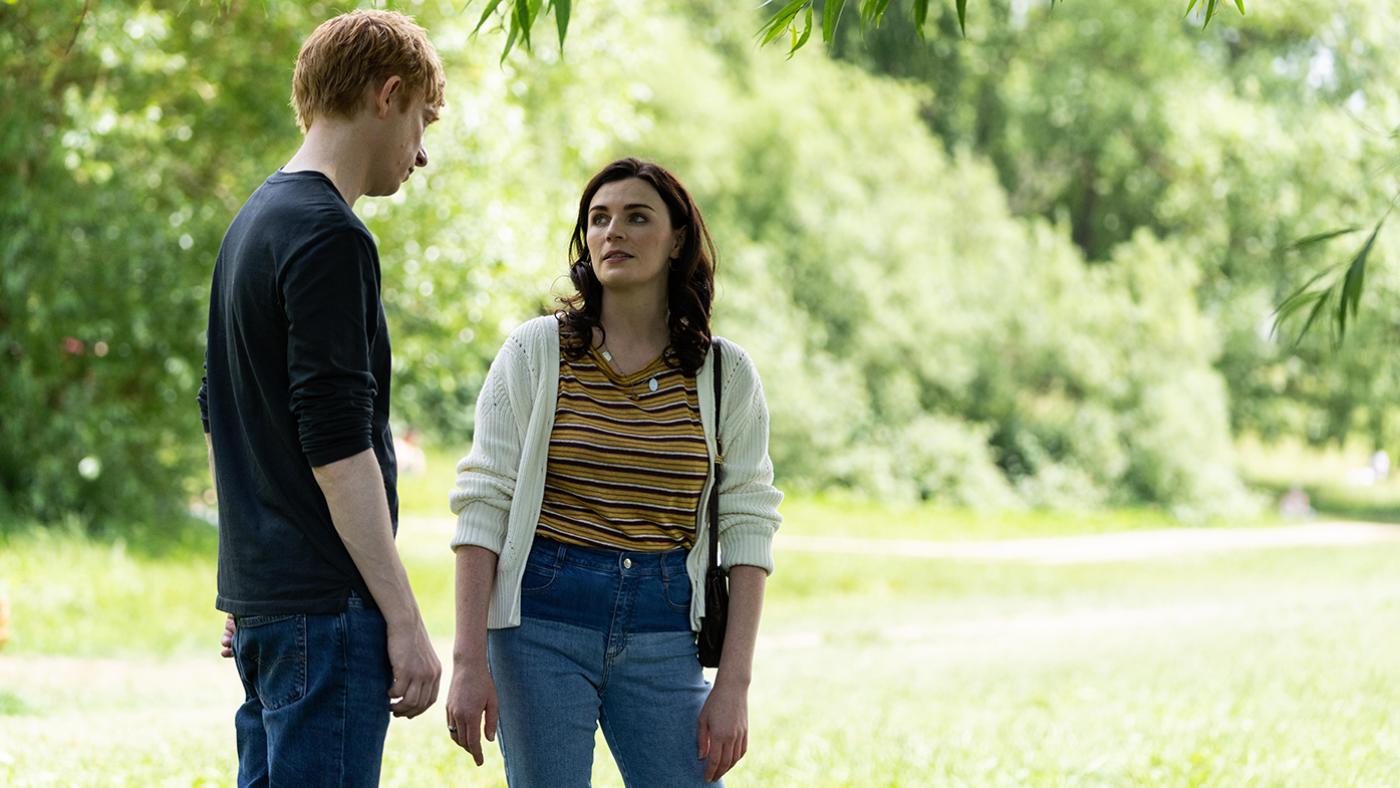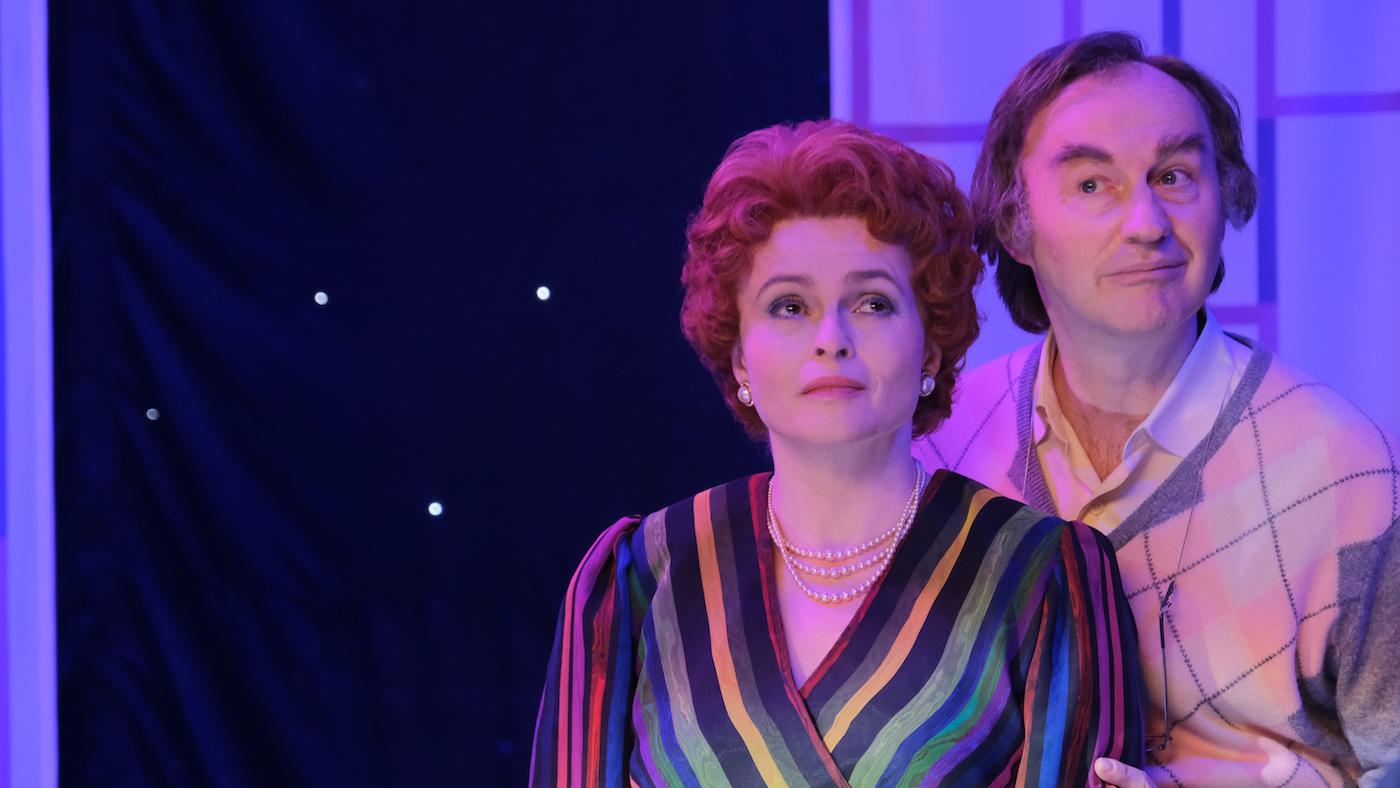Why Was 'Home Fires' Cancelled?
Daniel Hautzinger
May 9, 2017
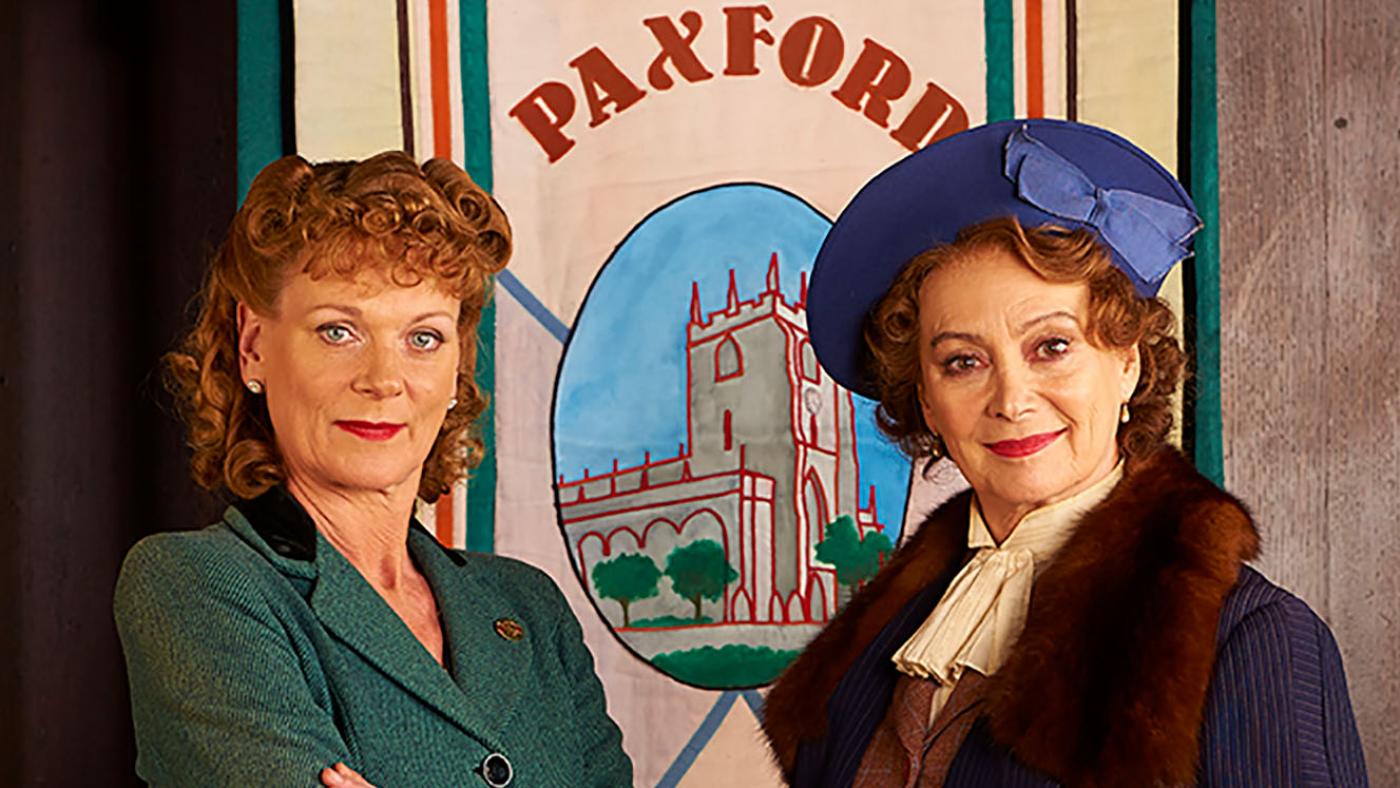
For the past six weeks, PBS’s Sunday night drama slot has been filled by two British period dramas, Call the Midwife and Home Fires. Both shows were originally based on a book, and use a social institution to explore the lives of women in mid-century Britain: a clinic in a lower-class, postwar London neighborhood in Call the Midwife, and a women’s institute in a rural town during World War II in Home Fires.
But whereas Call the Midwife has been renewed for three more seasons after its current, sixth series, Home Fires was unexpectedly cancelled a few days after the finale of its second season aired, in May 2016. Why does one show enjoy such longevity while the other was brought to an end so soon?
Most obviously, there are the audience ratings. Although many people now stream TV online, the number of people watching at broadcast time still factors into a show’s success. Call the Midwife has consistently garnered an average audience of more than 10.5 million viewers in the UK since its first season in 2012. Meanwhile, Home Fires has hovered between 5.5 and 6.5 million UK viewers.
![]() Photo: Red Productions Ltd 2015Those numbers, however, don’t quite explain why Home Fires was discontinued. First, 6 million viewers is respectable. For comparison, Poldark’s second season averaged a bit below 7 million viewers and has received a renewal. (Call the Midwife’s numbers are roughly comparable to Downton Abbey or Sherlock in the UK.) Additionally, Home Fires was well-reviewed and has a strong fan base. An online petition to bring back the series has garnered around 41 thousand signatures, while the show’s first season has an average rating of 8/10 on the review aggregator website Rotten Tomatoes.
Photo: Red Productions Ltd 2015Those numbers, however, don’t quite explain why Home Fires was discontinued. First, 6 million viewers is respectable. For comparison, Poldark’s second season averaged a bit below 7 million viewers and has received a renewal. (Call the Midwife’s numbers are roughly comparable to Downton Abbey or Sherlock in the UK.) Additionally, Home Fires was well-reviewed and has a strong fan base. An online petition to bring back the series has garnered around 41 thousand signatures, while the show’s first season has an average rating of 8/10 on the review aggregator website Rotten Tomatoes.
So what explains the opposite fates of the shows? One theory holds that Home Fires was cancelled because its audience skewed older, and TV production companies, like most other companies, want a youthful base. The network explained the cancellation with the statement that “the ITV commissioning team continues to refresh the channel's drama portfolio, hence the decision not to commission a further new series.” Perhaps ITV felt that there are enough wartime dramas or shows about pastoral British towns and wanted to try something new.
Whatever the reason, it is easier to explain the success of Call the Midwife than it is to understand the failure of Home Fires. Whereas Home Fires does trawl oft-explored territory – English country community, World War II – Call the Midwife fills in a significant lacuna in media: the everyday struggles of lower-class women and their health.
In an era where women’s health is still taboo in popular discourse, Call the Midwife takes pregnancy, birth, and the surrounding crises as its main topic. Almost every episode features a birth scene, and the show unflinchingly approaches topics such as abortion, female circumcision, domestic abuse, and miscarriages. Additionally, it does so with a fundamentally optimistic outlook that prevents the show from becoming overwhelmingly dark despite its heavy themes.
In addition to covering taboo issues, Call the Midwife also breaks the mold by featuring older female actresses such as the delightful Judy Parfitt as Sister Monica Joan or Vanessa Redgrave in voice-overs – when many actresses are forced out of the limelight or into stock roles after hitting a certain age. Furthermore, almost the entire production company is female, like the cast, another unfortunate rarity. (It was just announced that series creator Heidi Thomas is developing a three-part adaptation of Louisa May Alcott’s classic novel Little Women for PBS’s Masterpiece and the BBC.) In contrast, Home Fires was created, written, and directed by men.
Wishful thinking, then, says that the key to success in a female-fronted drama is to also put women behind the camera and in charge of the script. But perhaps the other lesson is that there is no formula, that everything is unpredictable, and that every case is different, just as each woman treated by the midwives is unique in her circumstances. Maybe Call the Midwife has the answers after all.

